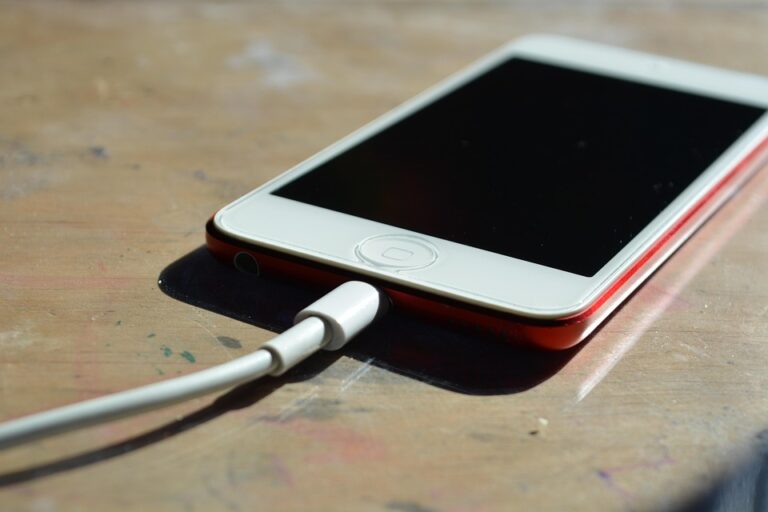Battery Swapping vs. Traditional Charging: Pros and Cons for EV Users
Introduction
As electric vehicles (EVs) grow in popularity, EV charging technology continues to evolve, offering drivers various options to power their rides efficiently. Two prominent methods have emerged: traditional charging and battery swapping. Each method presents its own unique set of advantages and challenges, making it crucial for EV users to navigate these options effectively. In this article, we will explore the pros and cons of battery swapping and traditional charging, providing insights to help you make informed decisions about your electric vehicle’s power source.
Understanding Traditional Charging
What is Traditional Charging?
Traditional charging refers to the process of plugging your electric vehicle into a charging station to replenish its battery. This method can be done at home using Level 1 or Level 2 chargers, or at public fast-charging stations. Traditional chargers vary in charging speed and compatibility, with Level 1 chargers providing around 4-5 miles of range per hour, while DC fast chargers can deliver up to 300 miles in just 30 minutes.
Pros of Traditional Charging
-
Convenience at Home: One of the significant advantages of traditional charging is the ability to charge your EV overnight at home, where you can also take advantage of lower electricity rates during off-peak hours.
-
Widespread Infrastructure: Traditional charging stations are becoming increasingly common, with many public charging networks available in urban and rural areas, making it easier for drivers to find a station when needed.
-
Lower Operational Costs: Generally, charging at home is more cost-effective than battery swapping, as electricity tends to be cheaper than the costs associated with battery service plans.
- Regular Software Updates: Many EVs allow for frequent software updates, increasing efficiencies and improving overall vehicle performance while charging.
Cons of Traditional Charging
-
Longer Charging Times: Traditional charging can take longer than battery swapping, especially if you’re using a standard outlet. Fast chargers improve this, but waiting times can still be inconvenient during longer journeys.
-
Charger Availability: While infrastructure is improving, charging stations can still be limited in certain areas, leading to range anxiety for some users.
- Compatibility Issues: Not all EVs use the same charging connectors. Drivers must ensure their vehicle is compatible with available charging stations, which can be cumbersome in emergency situations.
Exploring Battery Swapping
What is Battery Swapping?
Battery swapping is an innovative EV charging technology where a depleted battery is exchanged for a fully charged one at dedicated swapping stations. This method reduces downtime compared to traditional charging by guaranteeing rapid battery replacement.
Pros of Battery Swapping
-
Speed: Battery swapping can be completed in about 3-5 minutes, making it a quick solution for EV drivers who need to get back on the road without lengthy waiting times.
-
Standardization: As battery swapping as a service (BaaS) becomes mainstream, batteries can be standardized, improving compatibility across various vehicle models and marking a shift towards a universal battery system.
-
Battery Maintenance: Swapping stations manage battery health and performance systematically, ensuring batteries are maintained properly, which can extend their lifecycle and enhance overall performance.
- Reduced Charging Infrastructure Costs: Without the need for extensive charging networks, battery swap stations may offer advantages in deployment costs, especially in urban areas with limited space.
Cons of Battery Swapping
-
Limited Locations: Currently, battery swapping infrastructure is less widespread than traditional charging systems, making it less accessible for many drivers.
-
High Initial Investment: Setting up battery swapping stations requires significant capital investment, which can hinder rapid deployment in some markets.
-
Battery Ownership Complexity: Drivers may not own the battery directly, as it is leased. This introduces complexities regarding battery responsibility and performance expectations, which may deter some users.
- Vehicle Compatibility: Battery swapping is generally limited to specific vehicle models manufactured by partnering companies, potentially restricting options for consumers.
Conclusion
Choosing between battery swapping and traditional charging ultimately depends on individual needs, driving habits, and regional infrastructure. Traditional charging provides an excellent solution for most users who value convenience and lower costs, while battery swapping presents an exciting alternative for those prioritizing time and efficiency, particularly in urban environments.
As EV users, it’s essential to stay informed about emerging technologies and infrastructure developments. Understanding the pros and cons of various charging methods can help you make decisions that best enhance your driving experience. Whether you choose to plug in or swap out, the future of EV charging technology holds promising advancements that will continue to shape the automotive landscape.
Call to Action
For more insights into EV charging technologies and the future of electric vehicles, stay tuned to buzzo.live. Whether you’re considering an electric vehicle or you’re a seasoned EV enthusiast, we’re here to provide the latest updates and information to help you navigate this evolving industry!


